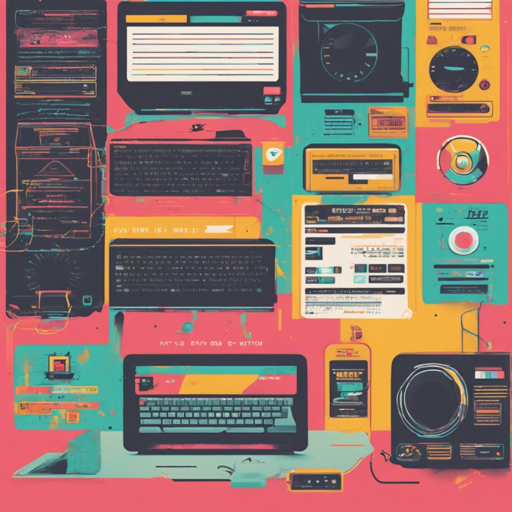If you’re as passionate about nostalgia as you are about web development, you’re in for a treat! Retro CSS frameworks allow you to channel the spirit of iconic design eras and bring vintage charm to modern websites. In this article, we will explore several retro-inspired CSS frameworks that can transport your designs back in time. Let’s dive right in!
Featured Retro CSS Frameworks
Here are some exciting frameworks with links to get you started:
- NES.css: An 8-bit NES-style CSS framework.
- PSone.css: A CSS framework inspired by the PS1 aesthetic.
- 98.css: Recreate the classic Windows 98 experience with this framework.
- XP.css: Build faithful recreations of Windows XP’s GUI, extending the features of 98.css.
- 7.css: A tiny CSS framework styled after Windows 7 design.
- BOOTSTRA.386: A vintage 1980s DOS-inspired Twitter Bootstrap theme.
- New Dawn: A stylesheet inspired by classic Mac After Dark aesthetics.
- system.css: Create interfaces reminiscent of Apple’s System OS from 1984-1991.
How to Integrate These Frameworks
Incorporating these retro CSS frameworks into your project is as simple as adding a few lines of code to your HTML. Let’s use NES.css as an example.
<link rel="stylesheet" href="https://unpkg.com/nes.css" />By adding this line to the head section of your HTML, you’ll instantly access a treasure trove of pixelated styles! Next, you can start using NES.css classes to style your elements, like buttons or forms, evoking a true vintage gaming experience.
Breaking Down a Code Analogy
Think of integrating a retro CSS framework like decorating a room. The basic structure (the HTML) is your room’s framework – the walls, floor, and ceiling. The CSS framework (like NES.css) is your decoration style – it puts up the wallpaper, chooses the furniture, and adds those nostalgic knickknacks that resonate with a time gone by. Just as different styles of furniture can give your room character, different CSS frameworks can give your website a unique flair!
Troubleshooting Tips
Here are some useful troubleshooting ideas that may save you time:
- Ensure that the CSS link is correctly added within the <head> tag of your HTML file.
- Check for conflicting styles from other frameworks or custom CSS, which may override your retro styles.
- Use the browser inspector tools (usually F12) to identify which styles are applied and debug any issues.
- If your framework doesn’t seem to be working, try clearing your browser cache to reload the latest version.
- For community insights, updates, or to collaborate on AI development projects, stay connected with fxis.ai.
Conclusion
Retro CSS frameworks offer a fun and creative way to engage users while paying homage to the designs that shaped our digital experiences. These frameworks can provide a nostalgia trip that enhances user engagement through unique visuals and interactions. As you dive into these retro wonders, don’t forget to experiment and put your personal twist on things!
At fxis.ai, we believe that such advancements are crucial for the future of AI, as they enable more comprehensive and effective solutions. Our team is continually exploring new methodologies to push the envelope in artificial intelligence, ensuring that our clients benefit from the latest technological innovations.

